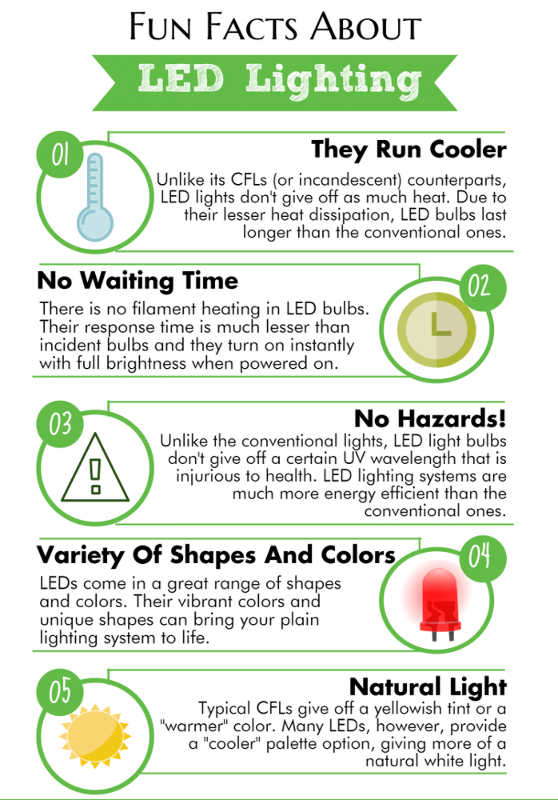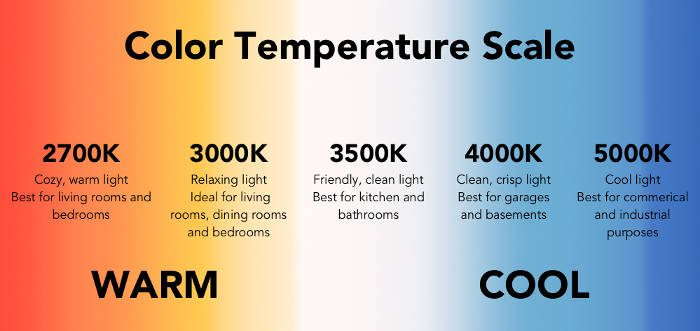Question: are desk lamps bad for your eyes?
The quick and easy answer is: no, desk lamps are not bad for your eyes.
However, several precautions can be taken to protect your eyesight in every circumstance. And to understand which desk lamp will work better for different environments and activities.
Desk lamps help to give a room greater character, moving artificial lighting, exactly where it is useful and required.
Desk/table lamps can, in turn, be divided according to the external or internal environments of a home. They are clearly made of different materials.
There are multiple types of table lamps, such as:
- Reading lamps;
- Desk lamps;
- Bedside lamps;
- Ambient lighting;
- Rechargeable lamps.
In terms of functionality, certainly, desk lamps are the most suitable for any type of desk activity.
If you are looking for the best option for your lighting needs, consider what you will be using the desk lamp for.
For all of you who love doing DIY projects, you can create your very own desk lamp by following our simple guide!
The Best Light For Study Or Work

If what you are looking for is a light for studying, working, or performing your eye-straying hobbies, then you definitely need a suitable desk lamp.
To illuminate the desk in the best way, you need to not only consider the type of support, but also the color of the light.
So, organize your desk in the best way, in order to adapt aesthetics with functionality.
Natural light remains the most suitable not to tire your eyesight because it is able to maintain the correct spectrum of light intensity.
However, during the winter months or in the evening we still need to sufficiently illuminate our study area.
Once you’ve chosen the lamp holder and the desk you most like, it’s time to also select the type of bulb to screw in.
We do not recommend using a halogen lamp because it tires the eyes and, over time, can cause a decrease in vision.
LED bulbs instead have the advantage of not radiating ultraviolet light.

They do not tire your eyes keeping them healthy even after several hours of use.
The most appropriate choice to not strain the eyes and eyesight is that of neutral light, the closest to the light spectrum of the sun, between 3500 K and 5500 K.

Warm light would distort the colors too much, while cold light would have annoying shades of blue. Neutral remains a white and colorless light, suitable for intense and prolonged study sessions..
Best Light For Relaxation
The quality of light has a significant impact on eye health.
Surprisingly, only a few people would buy a light bulb based on the comfort of light for the eyes.
But what is meant by quality light?
According to the company, it is necessary to invest in LED lights of certified origin, without the so fatiguing flicker for the eyes.
To create the right atmosphere in the living room you need a powerful lighting solution. A solution that grants you good visibility, but is indirect because it must still be quite soft.
Moreover, the lighting solutions must be placed in a way to avoid dark corners, which makes the room less comfortable.
Adjustability Is Key
The type of lighting we use on a daily basis certainly has an impact on our lives.
For this reason, controlling the color and intensity of light in the different phases of the day can help us rest better and have beneficial effects on our health.
Conversely, low-quality artificial light can cause significant negative effects on quality of life and cause sleep, vision, and headache disorders.
Choosing the right light is important.
All electronic light sources feed with alternating current flicker due to current fluctuations.
If exposed to flickering lights for a long time, the eyes will become too tired to focus and see something. It could also cause headaches and impaired vision.
However, most of the time, flicker problems are unnoticeable. To avoid long-term unconscious exposure to flickering lights, non-stroboscopic illumination is recommended.
In this way, the eyes will remain at ease and the sight will not be damaged, even after many hours of reading or working.
A desk lamp that can change the color temperature allows you to set the light on cold white or warm yellow, to adapt to different situations.
In our moments of rest and relaxation, we will need a warm yellow light, creating a feeling of relaxation rather than stiffness.

These precious characteristics make a desk lamp an economic and extremely precious solution, an “advantage” that workers will appreciate.
Lighting Needs And Age
When aging, people’s needs connected to lighting, together with many other things, change.
Not only seniors will need higher light levels, but they will also need a certain light quality.
In fact, if the light quality is not high, then it won’t matter how much light there is.
Therefore good quality and sufficient lighting will increase our visual abilities and our quality of life.
The best type of light to use as we grow older is that with high color rendering index (or CRI).
CRI index indicates the accuracy with which the colors are displayed to the human eye.

This becomes particularly important when aging because as we get older our eyes become more yellow and have to work harder to recognize blues, purples, and greens.
This will make it harder for older people to read because they see less contrast between these colors.
That is why it is particularly important to provide light with the highest possible CRI. Especially when it comes to desk lamps, which are usually found on desks, craft tables, or next to reading chairs.
We recommend selecting a light bulb with a CRI of at least 80!
How To Position A Desk Lamp

The higher the lamp, the greater the area of illumination is.
So take into consideration the amount of space you want to illuminate and make sure that the lamp has sufficient height.
If you have a very large desk, you will obviously need a lamp that has considerable height. We recommend a lamp with an adjustable arm that can embrace the whole work area.
You can opt for a desk lamp with an adjustable arm to direct the light according to your needs.
If your table is of a standard size (around 59″/62″ x 27″/31″ ) you’ll need a desk lamp with multiple pivot points so you can better direct the light.
A lamp with a dimmer is recommended in these cases. Thanks to this function you can decide how much light you need at various times of the day.
If the activities you carry out are several (reading, drawing), different light intensities are required.
So in this case, you may need the flexibility of a desk lamp that can be angled and moved according to the work areas you use.
In order to avoid glare, position the lamp so as to not have its light reflect on your computer monitor.
Another possible solution could be to choose a dull surface on which to place the lamp, which will reduce glare and reflection. Matte finishes will incredibly reduce both.
Finally, use a glare filter over computer screens and other smooth and glossy surfaces.
Other Useful Links
External Sources:
Further information about desk lamps and their effects on eyesight can be found here:
- https://www.tcpi.com/lighting-aging-eye-understanding-lighting-need-growing-population/
- https://lovechicliving.co.uk/are-desk-lamps-good-or-bad-for-your-eyes/
- https://www.improvestudyhabits.com/what-is-the-best-light-for-studying/
- https://www.liquidleds.com.au/blogs/news/tips-on-making-your-room-more-relaxing-with-light
Author: Caroline Martins

Interior Designer & Space Planner with over 100 successful projects in Europe, U.S, and Asia. Caroline’s specialty is sustainable and high-end interiors: an elegant and greener way to look at the design, using recycled materials and in full respect of the environment.
With a BA in Interior Design and Livability in Future Cities and 6 years of experience in the field, her mantra is to be your guide to transform your mental image into reality. LinkedIn profile.
